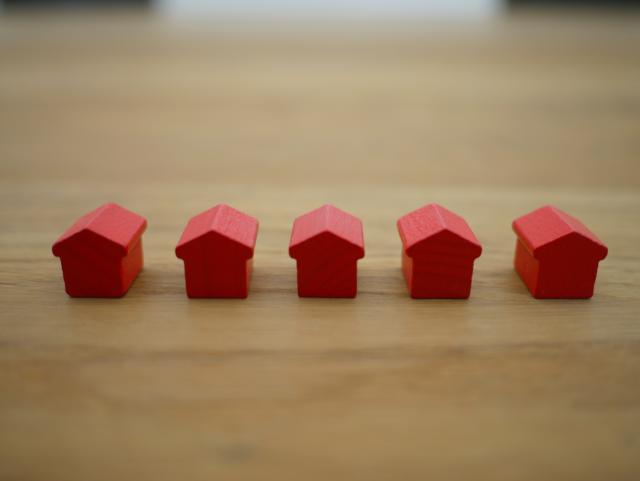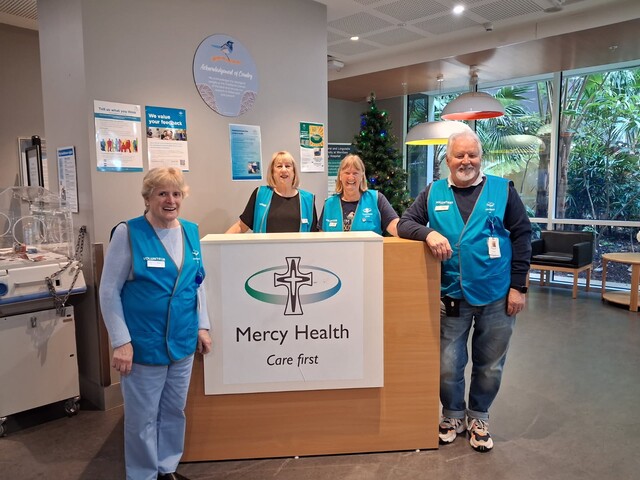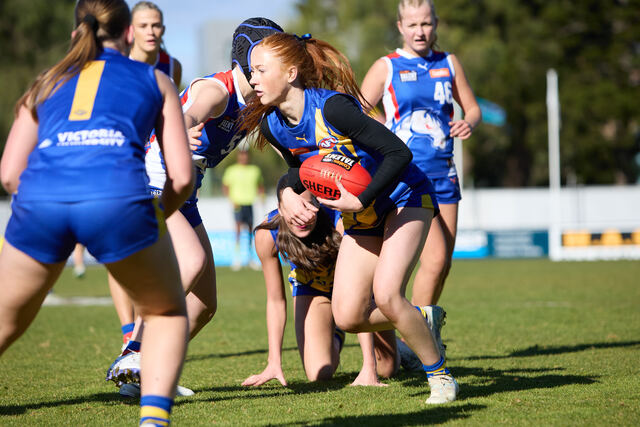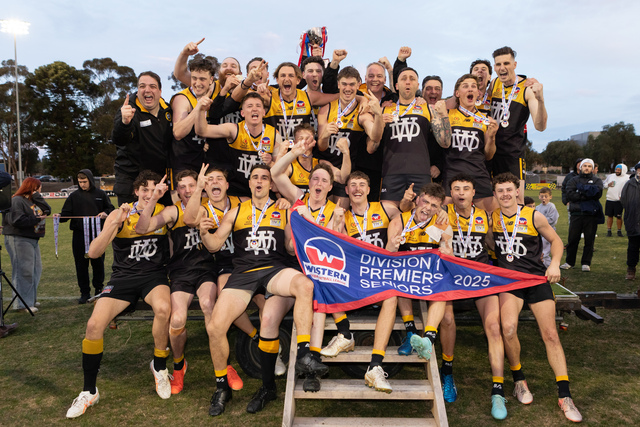Wyndham home-buyers need an average of 9.1 years to save up for a 20 per cent deposit on their future property, according to a new report.
The latest edition of the ANZ-CoreLogic Housing Affordability report contains estimates of how long home-buyers need to save up for a median house deposit, in areas across the nation.
The report listed the median value of dwellings – both houses and units – in Wyndham as $643,693, requiring a $128,739 median deposit.
The median house value for Wyndham was listed as $659,734 in the report, and $436,074 for units.
The report’s authors based their calculations on buyers saving 15 per cent of their income per year.
Using median household income data provided by Australian National University, researchers measured how many years it would take prospective home buyers to save a 20 per cent deposit within their chosen areas.
The research found that it would take a “typical household” 10.2 years to save a 20 per cent deposit for an Australian dwelling – as of June 2021, the median dwelling value across all the nation’s capital cities was $727,427.
When it came to Wyndham’s individual suburbs, the highest median dwelling value was in Point Cook with $775,227, requiring a $155,045 deposit.
The second most-expensive was Williams Landing with a $726,001 median, requiring a $145,200 deposit.
Werribee came in at the cheapest, with a $572,044 median, requiring a $114,409 deposit.
Werribee was followed by Wyndham Vale with a $590,201 median requiring a $118,040 deposit.
Hoppers Crossing’s median was $609,728, requiring a deposit of $121,946.
Tarneit’s median was $646,707, requiring a deposit of $129,341 and Truganina’s median was $667,367, requiring a median of $133,473.
Compared to Wyndham, Melton – Bacchus Marsh was the only part of Greater Melbourne with a shorter amount of time needed to save for a median house deposit (8.7 years to save for a $122,483 deposit).
The report stated: “CoreLogic data shows both housing values and rents have remained on an upward trajectory since June, suggesting that affordability has continued to deteriorate.”
The document also mentioned that Melbourne remains the second-least affordable housing market in the nation, behind Sydney.







